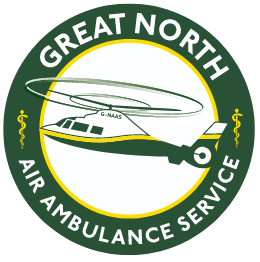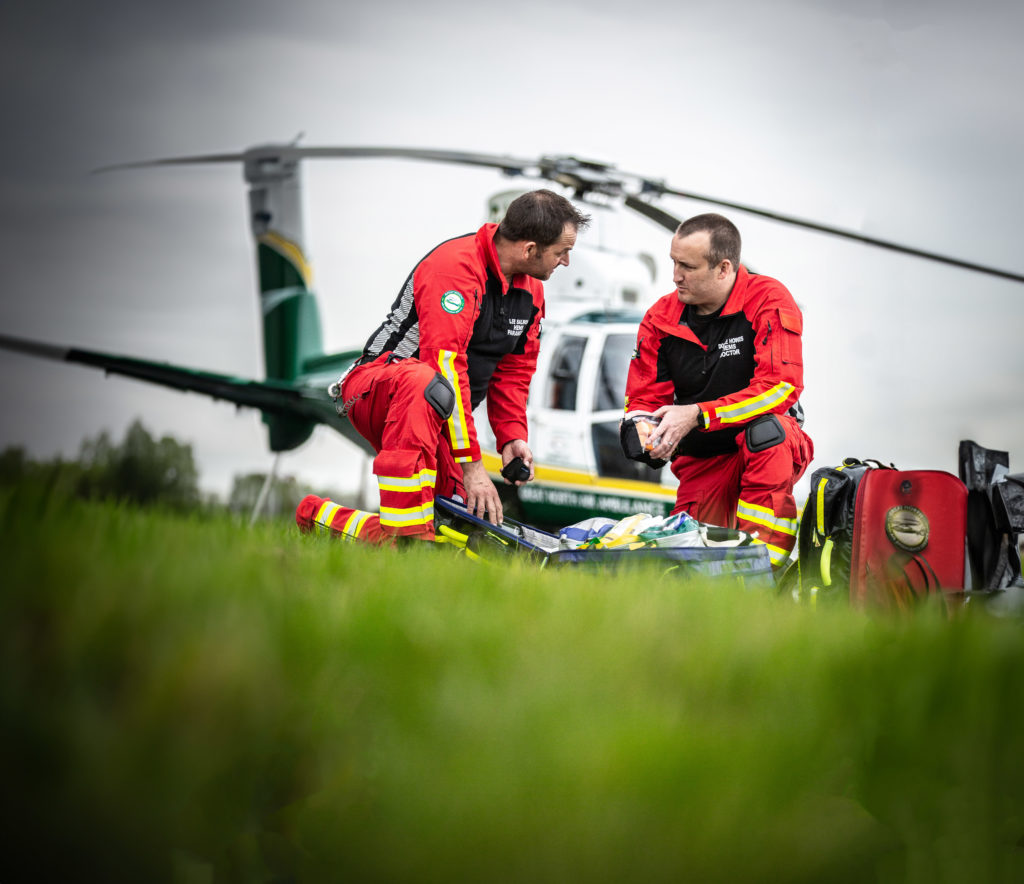How far does your helicopter fly? Is a question we’re often asked, but the answer isn’t as simple as you may think.
We spoke to our pilot Nigel to learn more about the factors which can affect the range of our helicopters.
Fuel
We carry two hours of fuel, and usually cruise at around 170mph. In the sky we don’t have to stop at traffic lights or navigate around roundabouts, it’s just hills and clouds. If we were travelling in a straight line from our base to an incident and back, we would be able to travel for two hours, however this is usually not the case, as you need to consider things such as the weather.
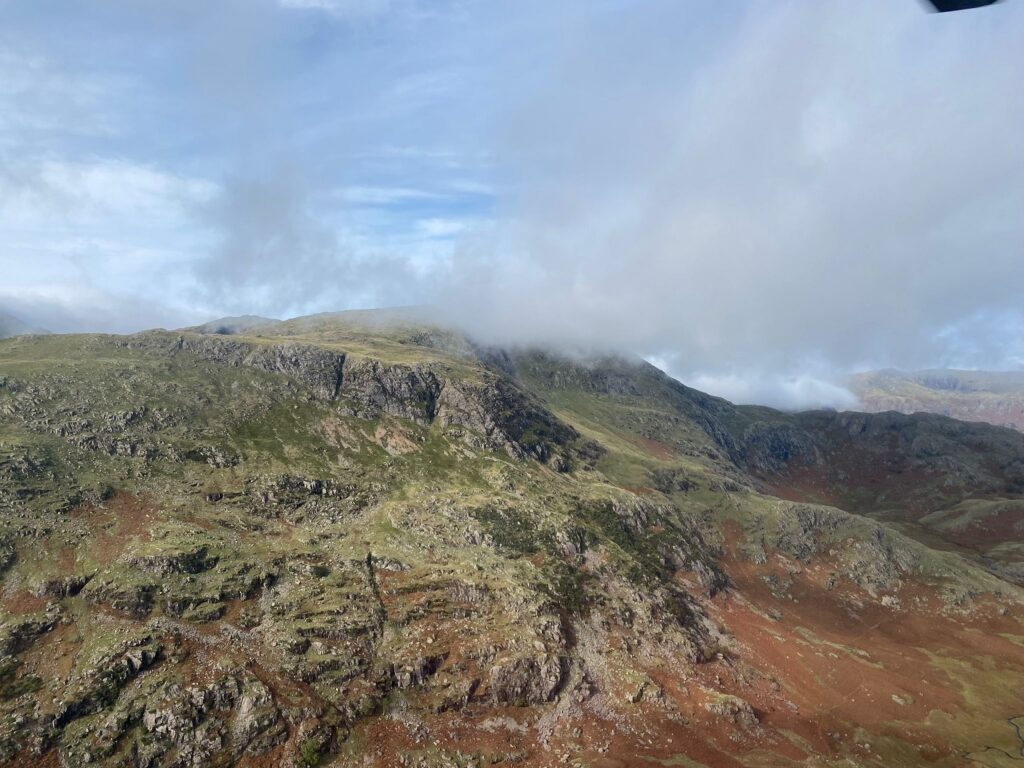

Weather
If we experience harsh weather conditions, such as strong winds or heavy rain, this can decrease how far our helicopter can fly.
If we’re flying in a headwind of 30mph then we will be flying at 140mph, but if it’s a tailwind behind you then we’ll be flying at around 200mph. It’s a bit like the difference between swimming upstream and swimming downstream.
We generally travel at 2,000ft above sea level but we will change the height of our helicopter in the wind to ensure we get the most benefit out of it.
The limit for an unpressurised aircraft is 10,000ft, but the highest we’ve normally gone is 5,000ft.
This is because while the percentage of oxygen in the air stays the same, the higher you are, the thinner the air becomes, making it more difficult to breathe.
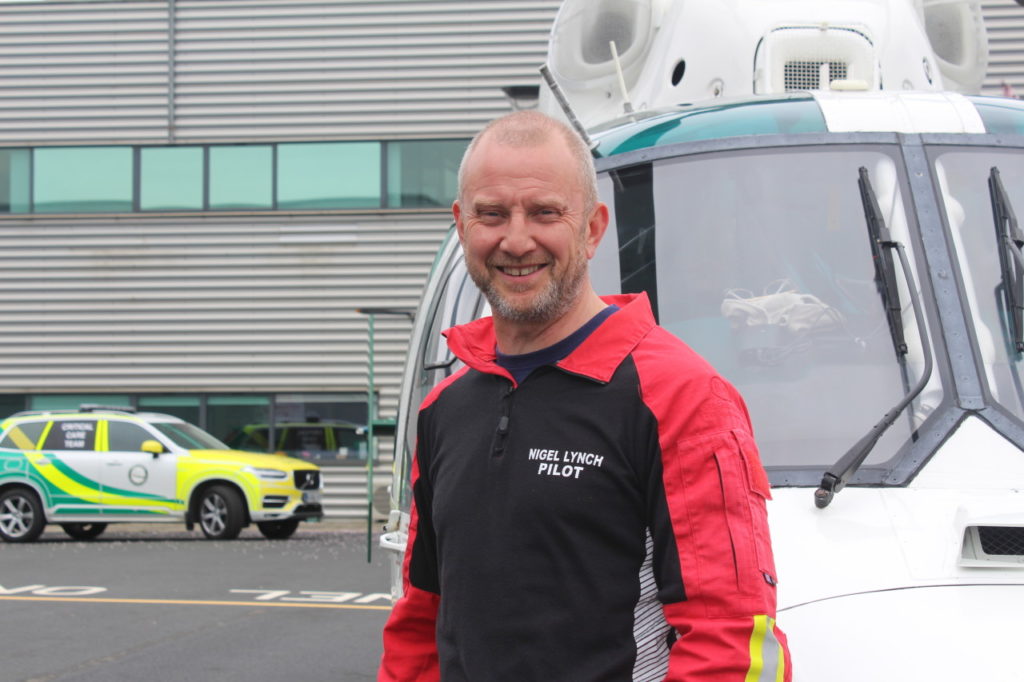

Temperature and pressure
The amount of fuel we carry depends on the temperature and air pressure. The greater the altitude, the less dense the air becomes, which results in decreased lift and more fuel used.
During the summer there’s usually a high temperature, which means the pressure will be low and the air will be thinner, so the blades of our helicopter have less to work with. In winter the temperature will be quite low, meaning the pressure will be higher, the air will be thicker, and there’s more for the blades to push through.
To use the swimming analogy again, it’s like the difference between swimming through still water or fizzy water. It’s harder to swim through fizzy water as there’s less to push out of the way.
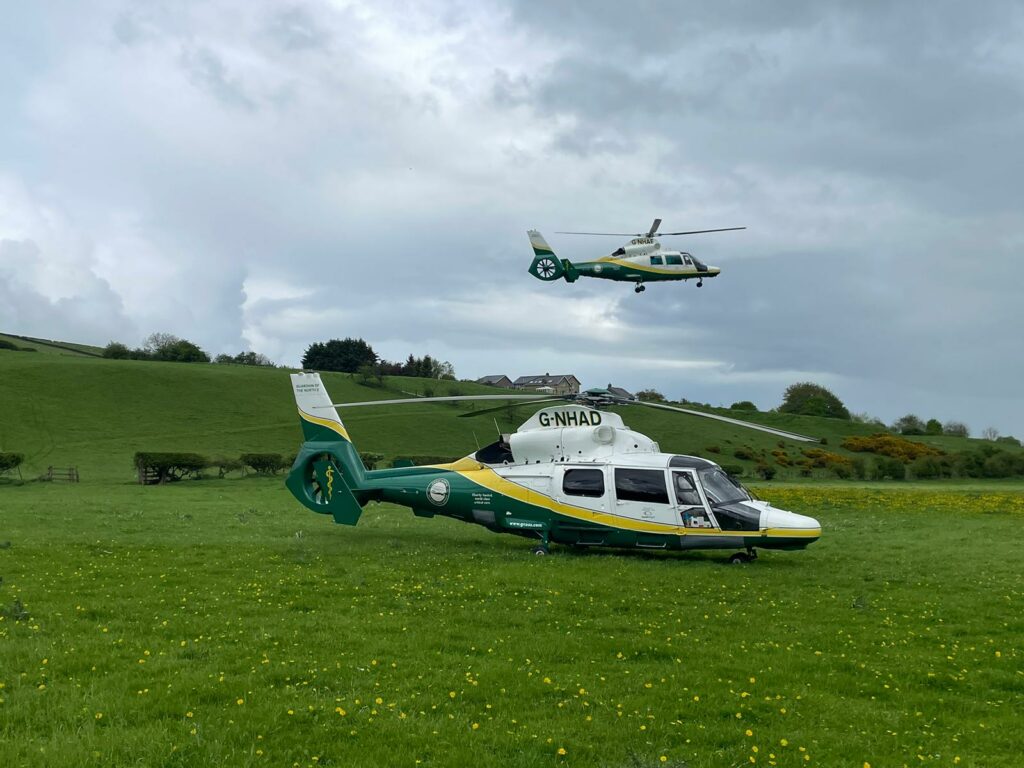

Mass and weight
On board our helicopter is usually a pilot, doctor and paramedic, although there are times when we’ll have an observer on board who may be training to work for GNAAS. For each member of the team who is on board our aircraft, we must factor in their mass and balance, so they are all weighed, and we calculate how many additional kilograms can be carried on the aircraft.
For each shift we look at which team members are working, where they are sitting, the temperature and the air pressure, so we can calculate their centre of gravity. The more weight we carry on the helicopter, the shorter the distance we can fly.

